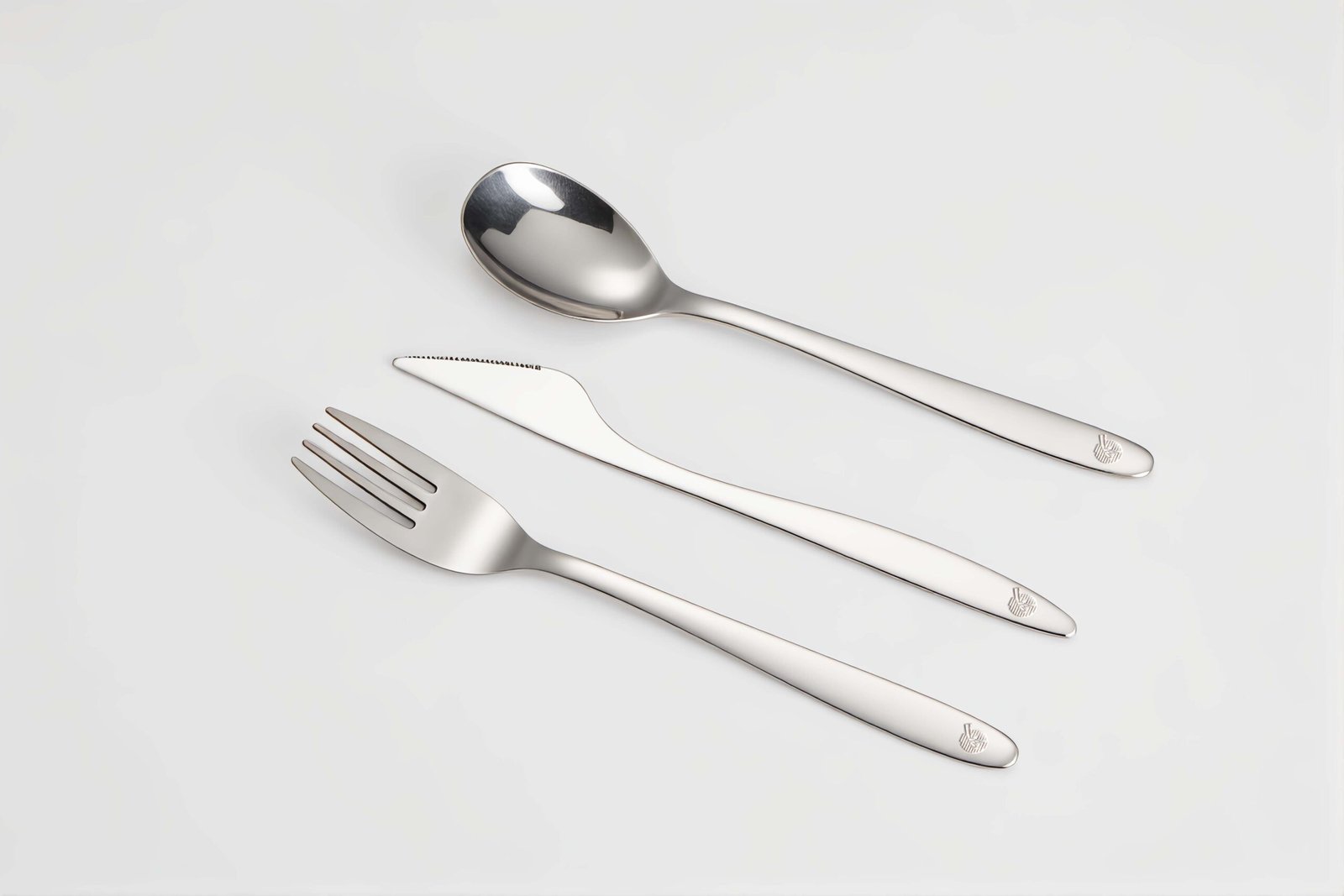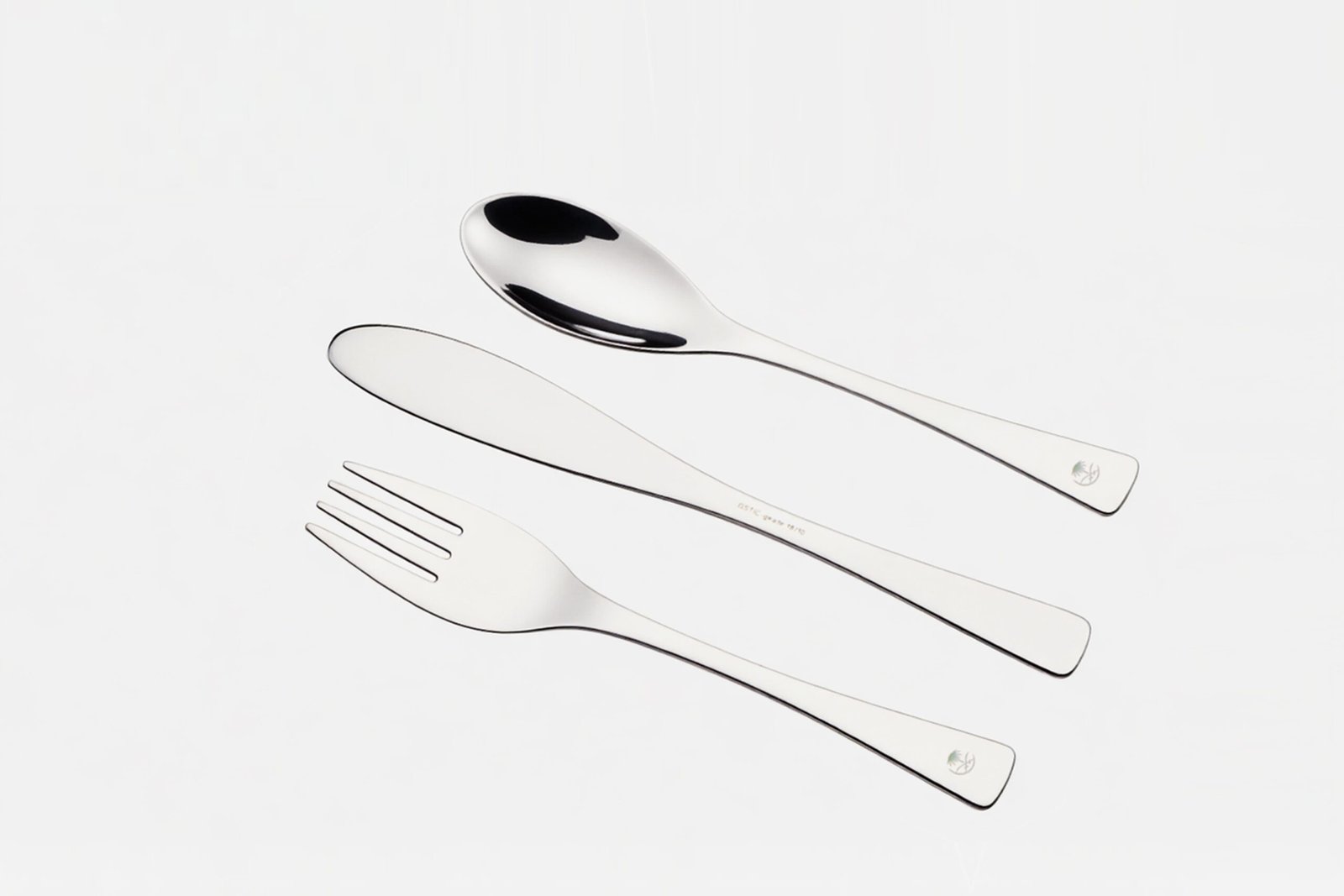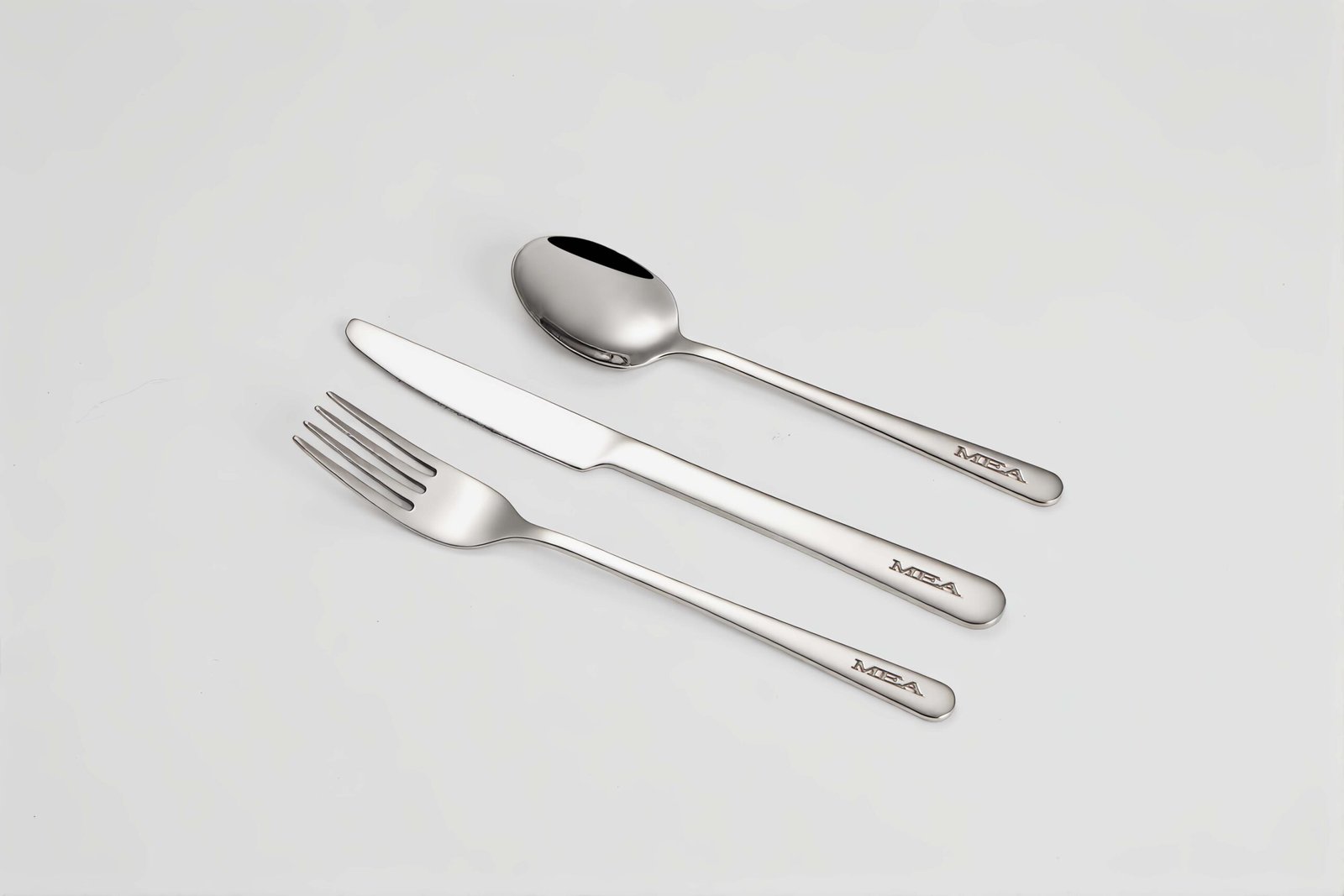Ever ruined your cheese by using the wrong knife? You might be missing out on flavors and presentation simply because you’re using the wrong tools.
Cheese knives come in various types, each designed for specific cheese textures, including soft, semi-soft, hard, and crumbly cheeses, enhancing cutting precision and preserving cheese integrity.
Choosing the correct cheese knife can significantly elevate your cheese experience. But how do you decide which knife is best suited for your cheese board? Keep reading, and I’ll share everything I’ve learned.
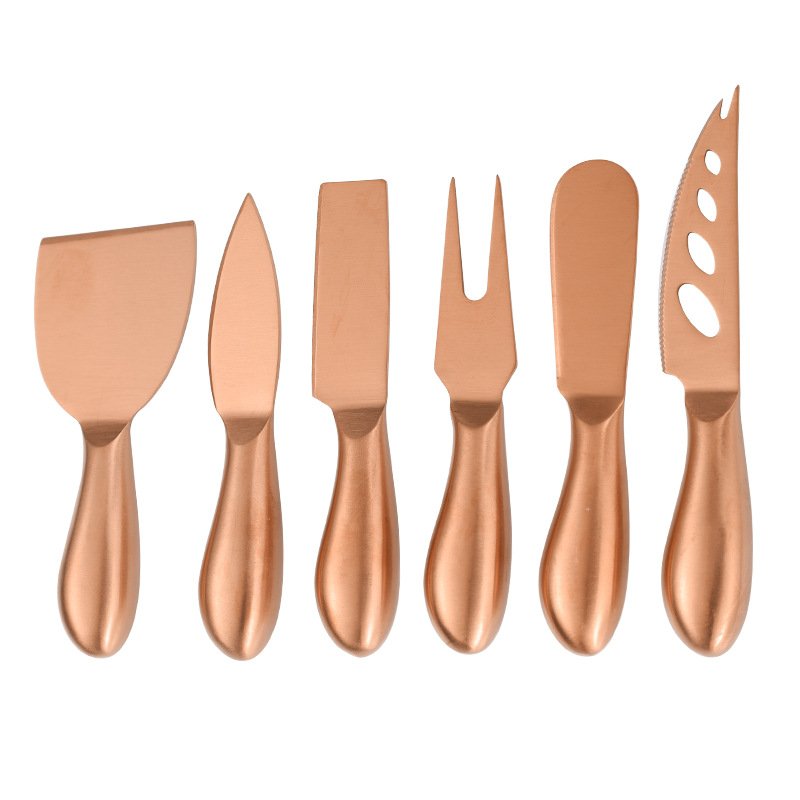
What are the different types of cheese knives?
Ever stood confused before your cheese board, unsure which knife matches which cheese? You’re not alone, and I was there once too!
Cheese knives are categorized primarily into four types: knives for soft cheeses, hard cheeses, semi-hard cheeses, and cheese cleavers. Each type serves a specific purpose based on cheese consistency.
Types of Cheese Knives and Their Uses
Cheese knives aren’t just fancy accessories. I’ve learned through years in cutlery that each knife is tailored to certain cheese textures. Understanding this ensures your cheese stays intact and appealing.
Soft Cheese Knife
These knives usually have holes to prevent sticking. They are thin and designed specifically to handle creamy cheeses like Brie or Camembert.
Hard Cheese Knife
This knife has a solid blade designed to cut dense, hard cheeses like Parmesan or Pecorino. The blade is short and strong, making it easier to apply pressure.
Semi-Hard Cheese Knife
This knife is sturdy yet flexible. It handles cheeses like Cheddar or Gouda effectively without crumbling.
Cheese Cleaver
A cheese cleaver is great for harder cheeses, especially when precise slices aren’t necessary. It provides leverage for cutting thicker chunks.
Here’s a table summarizing their best uses:
| Cheese Knife Type | Cheese Texture | Examples |
|---|---|---|
| Soft Cheese Knife | Soft & Creamy | Brie, Camembert |
| Hard Cheese Knife | Dense & Firm | Parmesan, Pecorino |
| Semi-Hard Cheese Knife | Semi-firm | Cheddar, Gouda |
| Cheese Cleaver | Hard & Semi-hard | Cheddar, Emmental |
Over time, I realized how using the right cheese knife truly makes cheese-tasting events enjoyable, keeping cheeses looking and tasting their best.
Why do cheese knives have a hook?
Ever noticed the hook at the end of your cheese knife and wondered why it’s there? It seems unnecessary until you start using it!
The hook on a cheese knife serves to lift and serve slices neatly. It prevents your fingers from touching the cheese, promoting hygiene and enhancing presentation.
Exploring the Hook’s Practicality
At first glance, the hook might seem decorative. After years of hosting events, I’ve found that this hook has a very practical use. It’s especially handy when dealing with soft, delicate cheeses. Using your fingers often ruins their shape, texture, or presentation.
Hygiene Factor
Touching cheese slices directly with fingers can transfer bacteria, even if you washed your hands. The hook eliminates this issue, promoting cleanliness, especially crucial at public events or parties.
Presentation Value
Presentation is vital in fine dining and cheese tasting events. The hook allows for careful handling, keeping slices intact, maintaining their appealing appearance.
Here’s a comparison of cheese knives with and without hooks:
| Aspect | Knife with Hook | Knife without Hook |
|---|---|---|
| Hygiene | High | Lower |
| Convenience | Easy lifting and serving | Difficult to handle slices |
| Presentation | Keeps cheese presentable | Risk of distortion |
In my personal experience, guests appreciate neat, clean presentations. The hook might seem minor, but it significantly improves the overall cheese-eating experience.
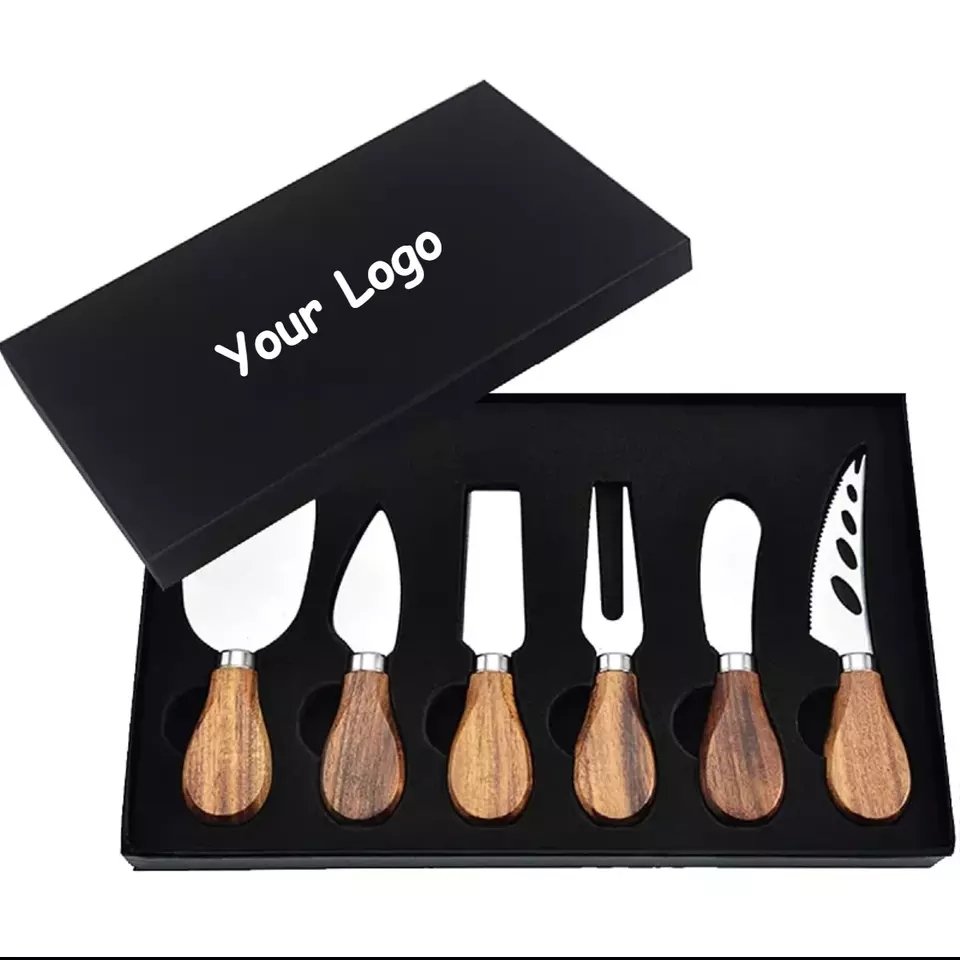
Why does a cheese knife have two points?
Have you ever wondered about those two little points on the tip of your cheese knife? They seem odd until you discover their purpose.
The two points on a cheese knife are designed to pick up cheese slices easily and securely. They function similarly to a small fork, ensuring neat serving without additional utensils.
The Practical Use of Two Points
Initially, I questioned the usefulness of those two points. But after numerous tastings, their importance became clear.
Easy Handling
Cheese can stick to surfaces, making it tricky to lift slices neatly. These points act like a fork, helping you effortlessly move cheese from the board to your plate.
Enhanced Presentation
Picking cheese slices neatly helps maintain their appearance. Distorted slices can negatively affect presentation, especially important in professional or social gatherings.
Here’s how cheese knives with points compare to traditional knives:
| Feature | Cheese Knife with Points | Traditional Knife |
|---|---|---|
| Handling Ease | Excellent | Limited |
| Presentation Quality | High | Medium-Low |
| Additional Utensils Needed | None | Yes |
Having personally struggled with cheese serving before, these two points truly simplified the process, significantly enhancing both practicality and presentation.
What are the two prongs on a cheese knife for?
Ever been baffled by the prongs at the tip of your cheese knife? It might look odd, but there’s a logical reason behind it.
The two prongs on a cheese knife are used primarily to lift and transfer cheese slices. They act as a built-in fork, making serving clean, efficient, and practical.
The Dual Prong’s Functionality
After observing countless cheese-tasting events, I’ve recognized how these two prongs streamline the serving process.
Built-in Serving Utensil
No need for an extra fork. The prongs are sturdy enough to hold cheese firmly, making serving effortless, hygienic, and visually appealing.
Versatile Use
The prongs aren’t limited to cheese alone; they can also help serve fruits, meats, or other charcuterie board items, offering versatility during events.
Here’s a quick overview comparing the pronged cheese knife to standard cutlery:
| Feature | Cheese Knife with Prongs | Standard Cutlery |
|---|---|---|
| Serving Ease | Very Easy | Less Convenient |
| Versatility | High | Medium |
| Hygiene | Excellent | Medium |
In my events, knives with prongs quickly became my preferred choice, offering unmatched convenience and versatility.
Should a cheese knife be serrated?
Ever wondered whether your cheese knife should have a serrated edge? It seems confusing, especially with various opinions floating around.
A cheese knife should generally be serrated when used on semi-soft or soft cheeses with rinds. Serrated edges make it easier to cut through the outer rind without crushing the cheese.
Serrated vs Non-serrated Edges
Through experimentation, I’ve noticed that serrated cheese knives significantly enhance performance with particular cheeses.
Serrated Edge Advantages
– Great for cutting through rinds without exerting too much pressure.
– Ideal for semi-soft cheeses, such as Havarti or Monterey Jack.
Non-serrated Edge Advantages
– Best for crumbly or very soft cheeses without rinds.
– Provides cleaner slices for harder cheeses like Parmesan.
Here’s a concise comparison:
| Cheese Type | Serrated Knife | Non-Serrated Knife |
|---|---|---|
| Semi-soft Cheeses | Ideal | Average |
| Soft Cheeses (no rind) | Average | Ideal |
| Hard Cheeses | Average | Ideal |
Initially skeptical, I now firmly believe the serration depends entirely on cheese type. Knowing this enhances the cheese-eating experience significantly.
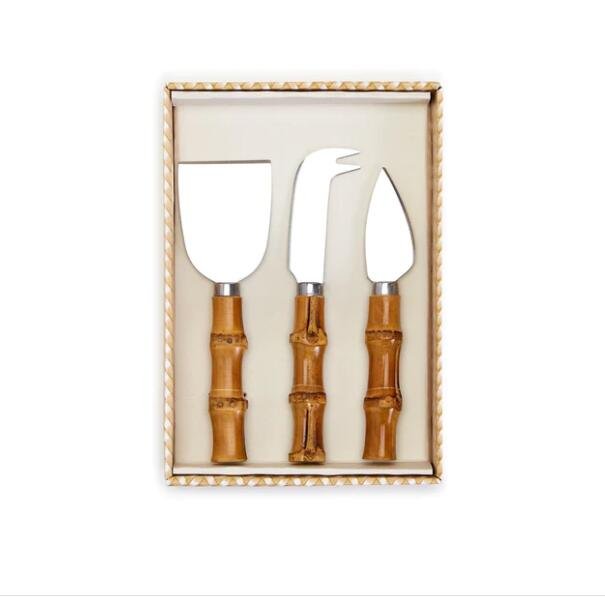
What are the four basic types of knives?
Ever felt overwhelmed by the sheer variety of knives available? Knowing the basics can simplify your kitchen experience dramatically.
The four basic types of kitchen knives include the chef’s knife, paring knife, bread knife, and utility knife. Each serves distinct purposes in food preparation and cooking tasks.
Understanding the Basic Knives
Years in the kitchen industry taught me the importance of choosing the right knife for every task.
| Knife Type | Main Uses |
|---|---|
| Chef’s Knife | General-purpose slicing & chopping |
| Paring Knife | Precision tasks, peeling |
| Bread Knife | Slicing bread & soft textures |
| Utility Knife | Versatile, for general tasks |
Incorporating the correct knife types simplified my cooking and improved overall efficiency. Recognizing their individual strengths enhanced my kitchen skills significantly.
Understanding cheese knife types improves serving efficiency, enhances presentation, and elevates your overall cheese-tasting experience significantly. Choose wisely and savor perfectly sliced cheese every time.




